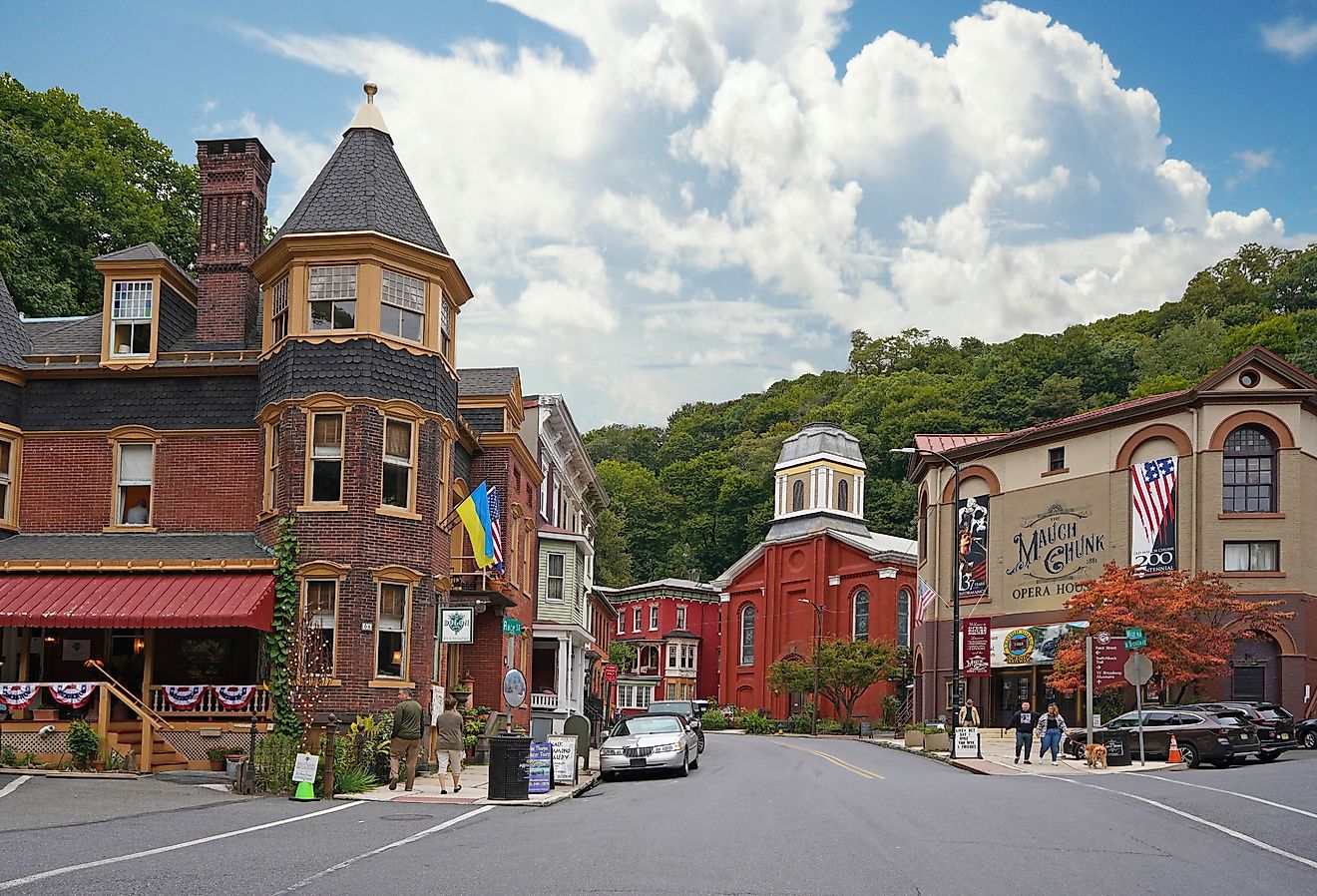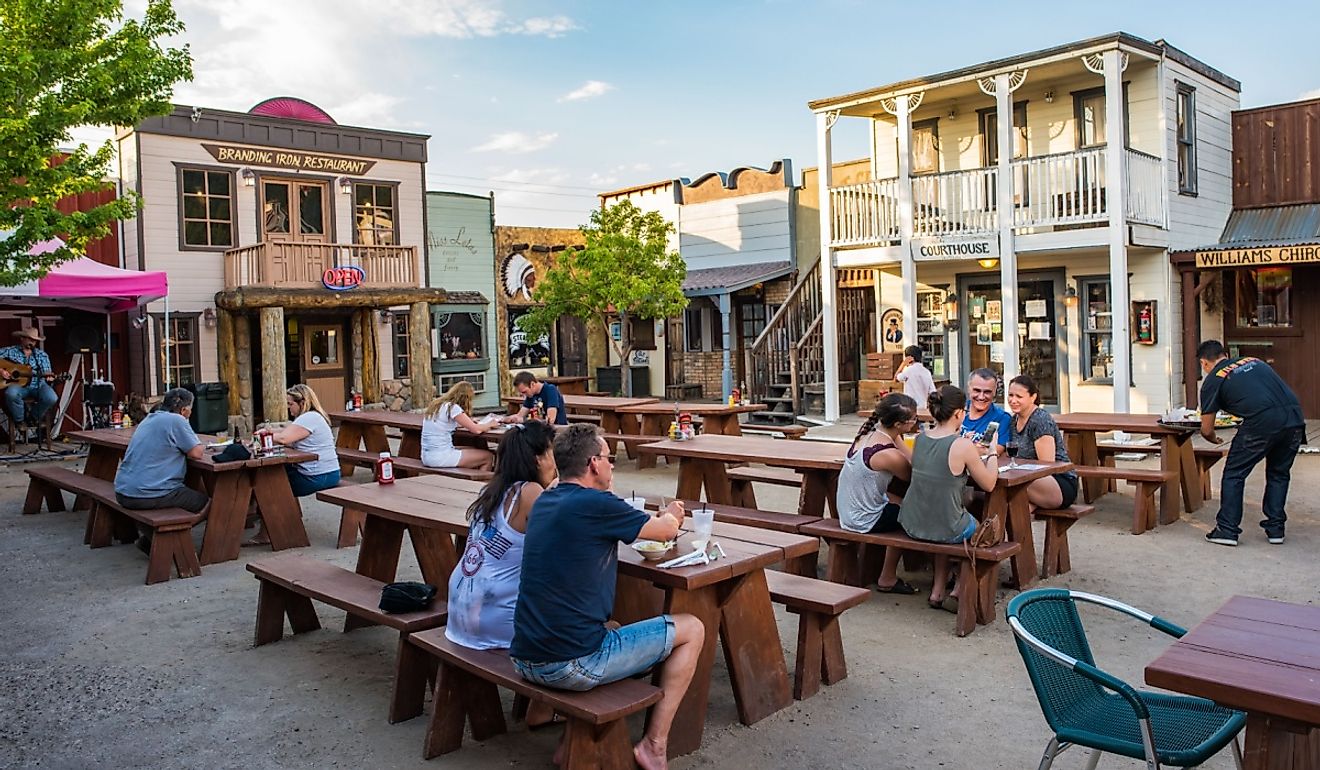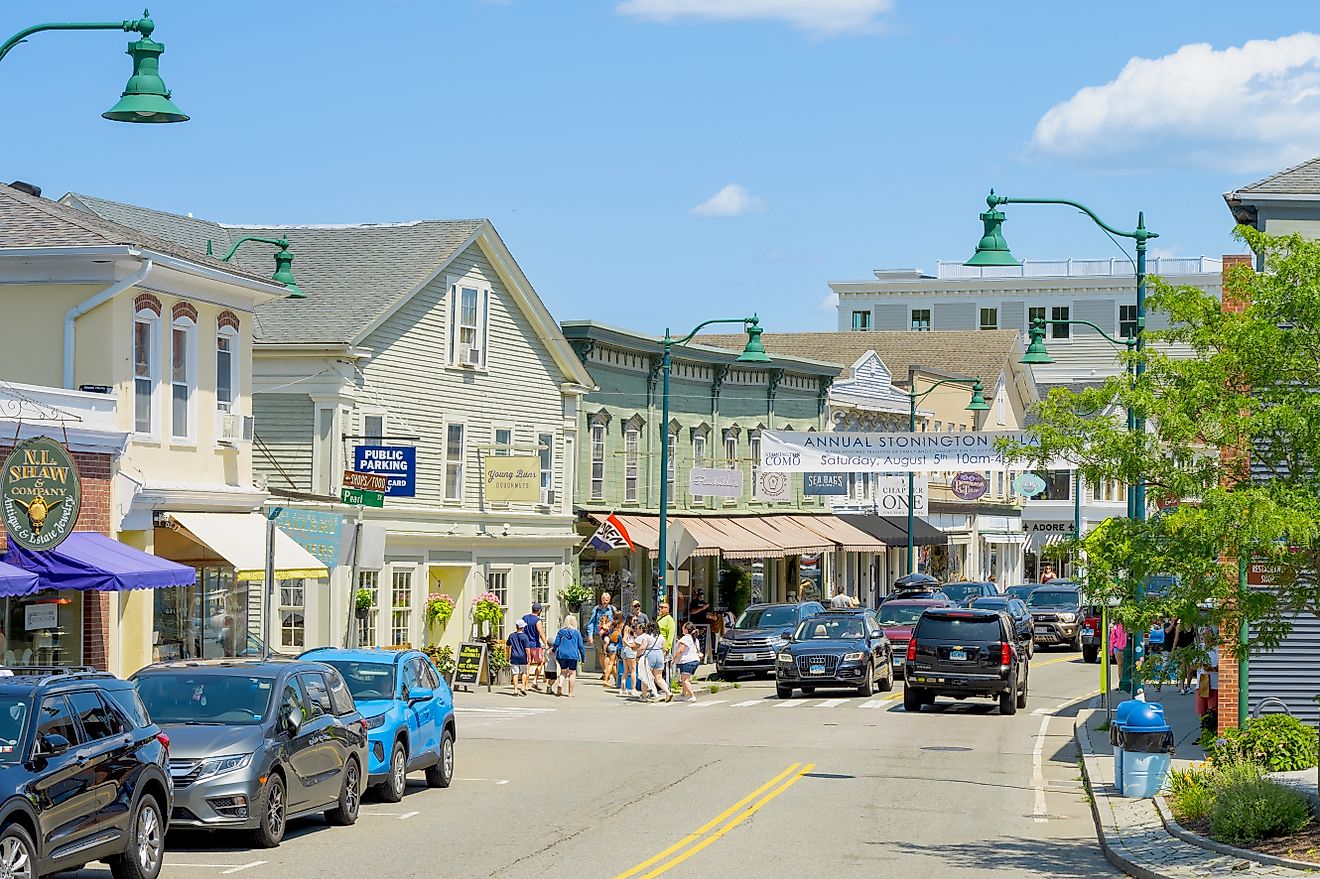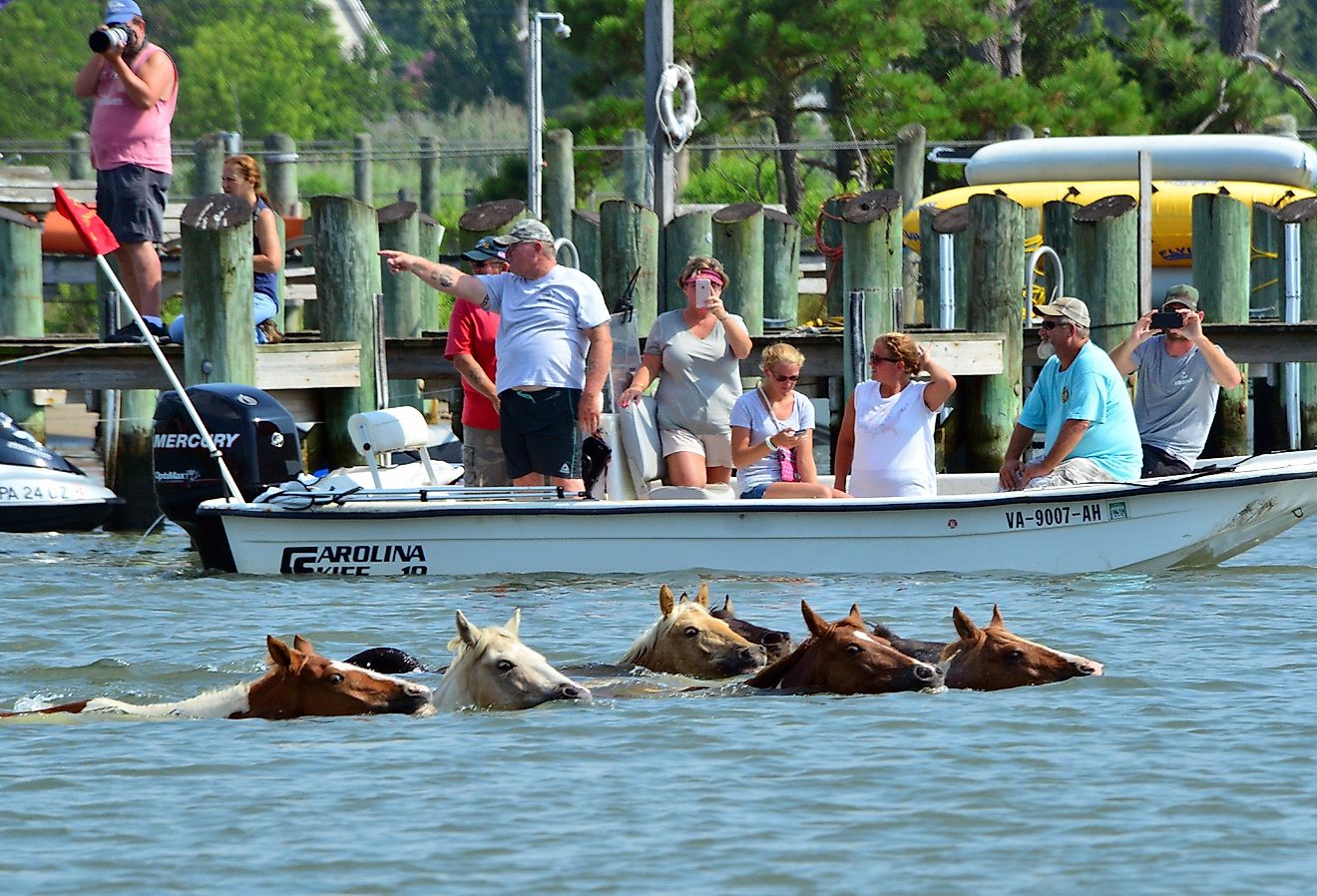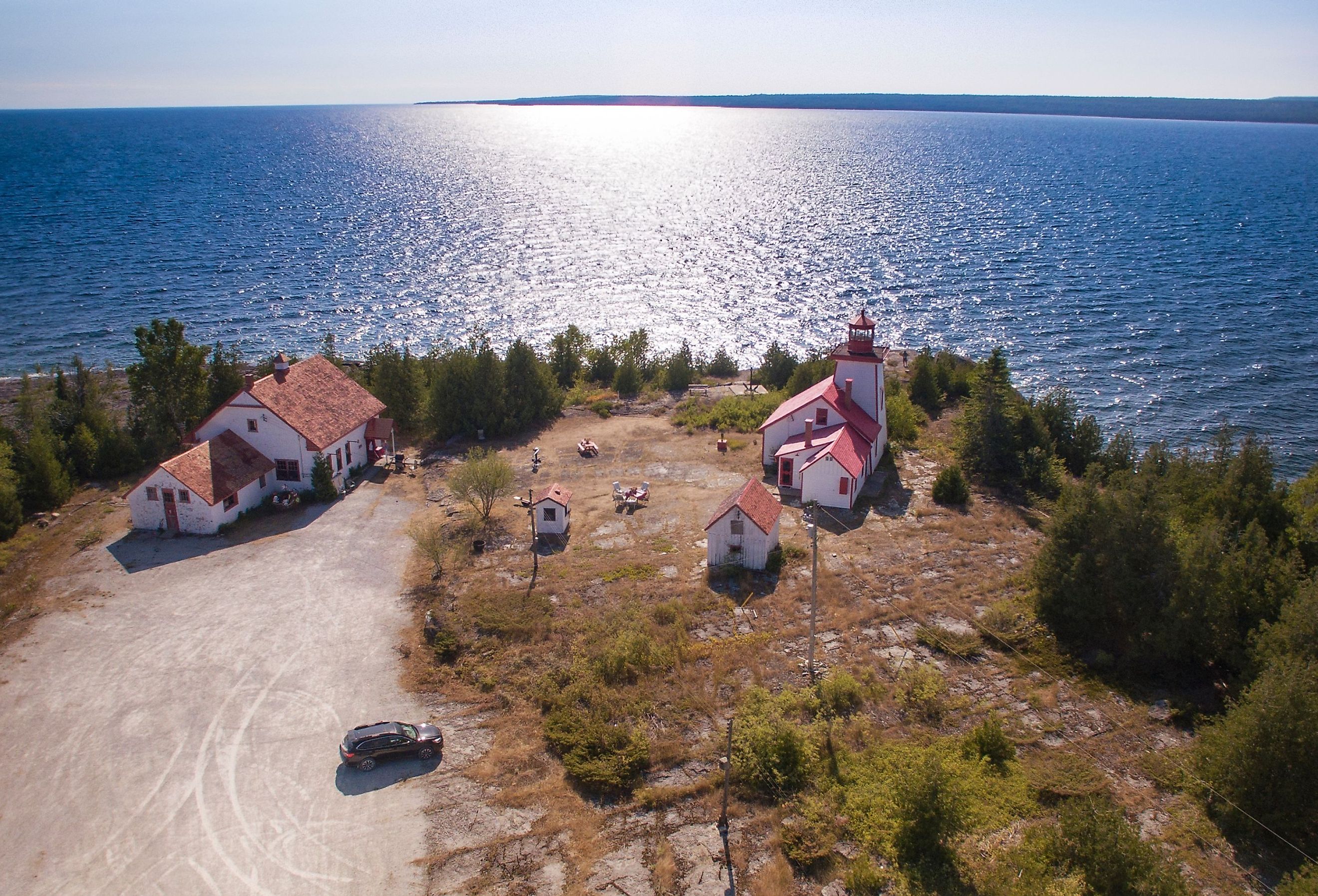
Manitoulin Island, Ontario
Manitoulin Island is a place of exceptional beauty and rich cultural heritage that has captured the hearts of many visitors in recent years. This stunning island, located in the province of Ontario, Canada, is a place where nature and culture converge to create a truly unique and desirable destination. The island includes pristine lakes and lush forests providing a breathtaking backdrop for outdoor recreation.
Whether you are looking for hiking, boating, fishing, or simply taking in stunning views, Manitoulin Island is the perfect place to explore. In addition to its natural beauty, the island is also steeped in cultural richness, with a long and storied history that has shaped its unique character and heritage. From the indigenous cultures that have called the island home for thousands of years, to the settlers who established their communities, Manitoulin Island's cultural legacy shines through its art, architecture, and traditions.
Geography and Climate of Manitoulin Island

Manitoulin Island is in northern Lake Huron and covers an area of 1,068 square miles (2,766 square kilometers), making it the largest freshwater island in the world. The island boasts a diverse topography, including rolling hills, rugged cliffs, and pristine forests, providing a unique landscape for visitors to explore. The island is surrounded by the North Channel of Lake Huron and is accessible via a bridge from the mainland. Sudbury is the nearest major city on the mainland.
The island is also home to several lakes and rivers, including the Kagawong River, Manitou River, Blue Jay Creek, and Mindemoya River. The Kagawong River and Manitou River are two of the largest and most important waterways on the island, with clear waters and picturesque scenery. The rivers on Manitoulin Island are also significant habitats for a variety of wildlife, including fish species such as trout and salmon, migratory birds, and other aquatic species. Manitoulin Island has 108 freshwater lakes, including Lake Manitou (the largest on the Island), Lake Kagawong, Lake Nepahwin, and Lake Mindemoya.
Manitoulin Island experiences a humid continental climate with hot and humid summers and cold and snowy winters, creating a perfect environment for outdoor enthusiasts to enjoy a wide range of activities. The hottest month is July with average highs around 77.2°F (25.1°C), and January is the coolest month with average low temperatures of 1.9°F (-16.7°C). The region receives record snowfalls with an average of over 100 inches each calendar year.
Brief History of Manitoulin Island

The history of Manitoulin Island in Ontario, Canada spans thousands of years and is rich with heritage. Indigenous communities, including the Anishinaabe peoples: Odawa, and Ojibwe, have lived on the island for centuries. In the late 18th and early 19th centuries, the island became a hub for the fur trade and saw an influx of European settlers who established farming and fishing communities. The "Beaver Wars" in the late 17th century resulted in the forced displacement of the Anishinaabe people from the island, which remained unoccupied for over 150 years.
Following the War of 1812, Indigenous peoples began resettling the island and in 1836, the British took control and designated it as a refuge for Indigenous communities. In 1862, the Treaty of Manitoulin Island was signed, granting access to most of the island for non-Native settlement while recognizing the First Nations’ rights to the use and occupancy of their traditional territories. The Crown agreed to protect these rights.
Over time, Manitoulin Island has developed into a thriving community with a rich cultural heritage. The island is now a popular destination for tourists and outdoor enthusiasts, who come to enjoy its natural beauty, historic sites, and vibrant cultural scene. The M'Chigeeng First Nation Cultural Centre is one such example, showcasing the history and culture of the indigenous Ojibwe people.
Population and Economy of Manitoulin Island

Manitoulin Island is a thriving community of over 12,000 residents. The primary source of economic activity is the tourism industry, which offers visitors the chance to experience the natural beauty and cultural heritage of this idyllic location. Small businesses, such as restaurants, shops, and art galleries, are abundant on the island and contribute to the local economy by attracting tourists and creating job opportunities. Despite changes in the traditional industries, such as a decline in turkey farming and fishing for white fish and trout, the island's tourism sector continues to flourish, offering visitors a unique and authentic rural experience.
Agriculture also remains a vital part of the local economy, with crops and livestock produced for both local consumption and export. This sector provides employment opportunities for residents and helps to support the overall economy of the island.
Attractions on Manitoulin Island

Manitoulin Island offers a wealth of attractions for visitors, including the Cup and Saucer Trail, a scenic hiking trail with breathtaking views of the island and Lake Huron. The M'Chigeeng First Nation Cultural Centre is another popular attraction, showcasing the history and culture of the indigenous people. The island is also home to the Little Current Swing Bridge, a unique landmark that offers stunning views of the town and its surroundings. On the mainland, the historic town of Bruce Mines, a former copper mine is now a popular tourist spot. Whether you are an outdoor enthusiast, a history buff, or looking for a peaceful escape from city life, Manitoulin Island has a variety of attractions.
Manitoulin Island is a truly remarkable destination that offers visitors a unique blend of natural beauty, cultural heritage, and modern amenities. It is a place where you can escape the hustle and bustle of city life and immerse yourself in the breathtaking beauty of nature, while still enjoying all the comforts of modern living. From outdoor recreation and shopping to dining and art galleries, Manitoulin Island is a place that has something for everyone. For those interested in learning about the island's rich cultural heritage, exploring its stunning natural beauty, or simply enjoying the many attractions and experiences that it has to offer, Manitoulin Island is a place that will not disappoint.







